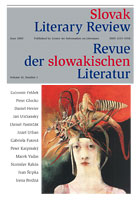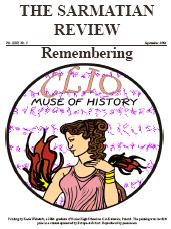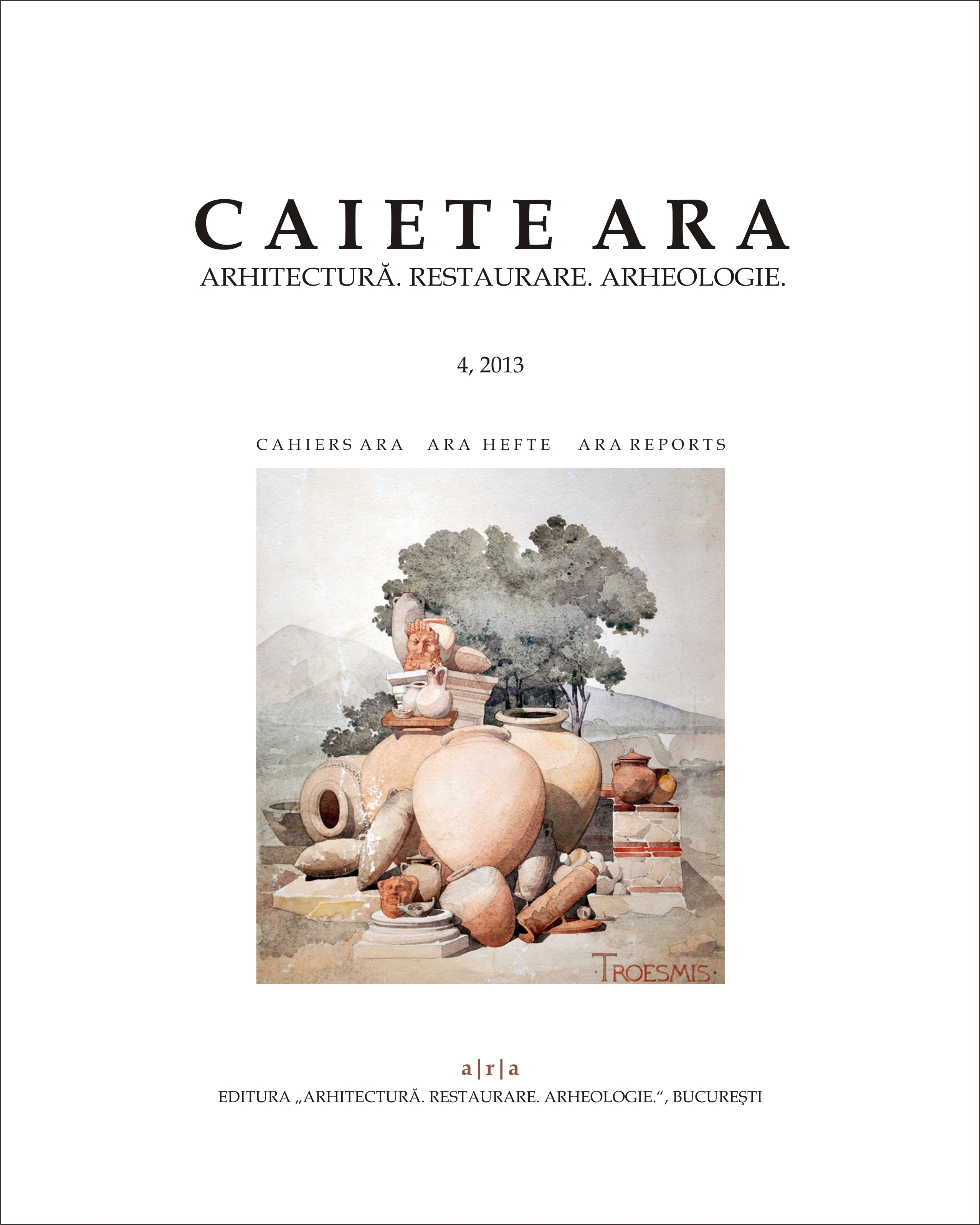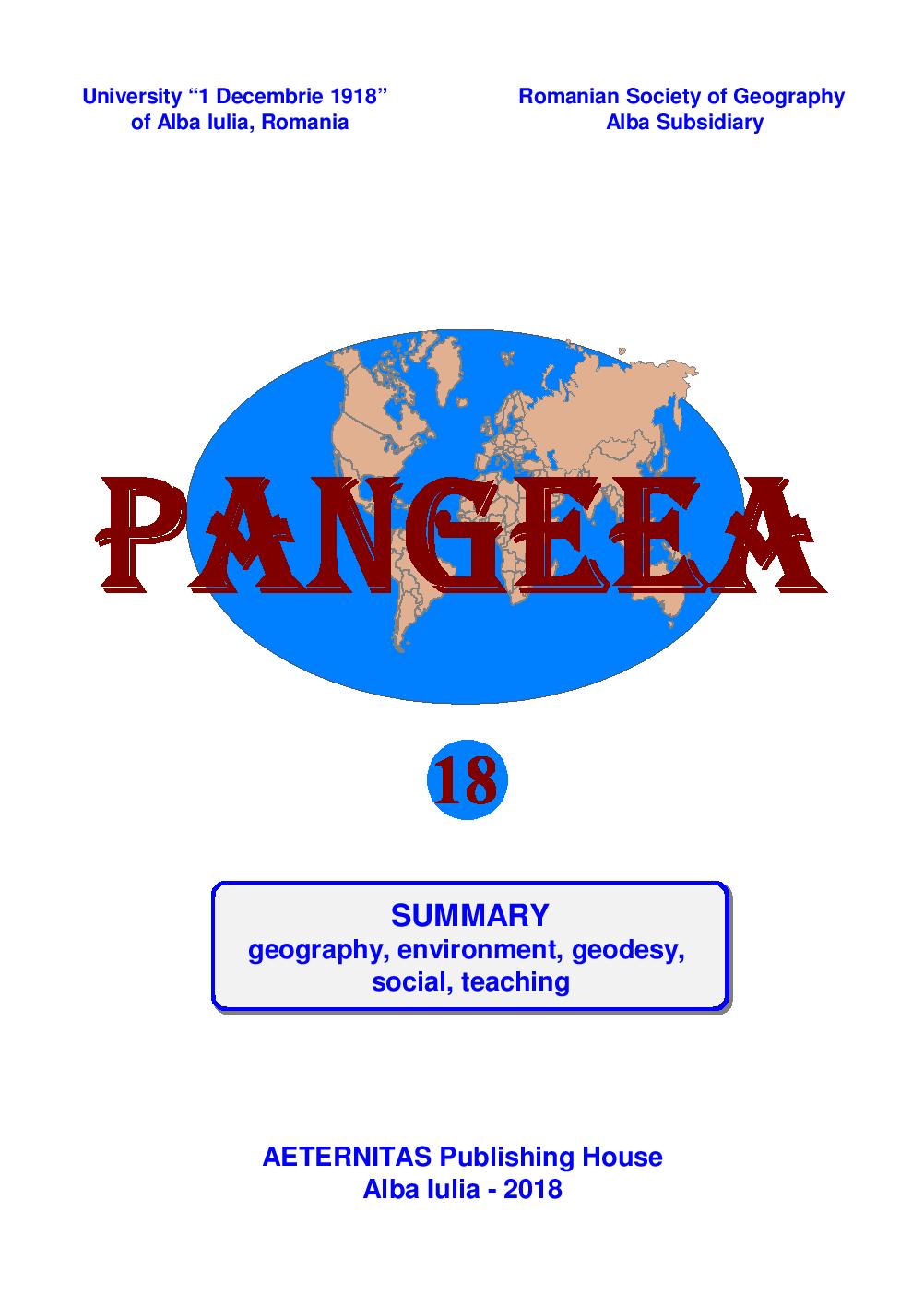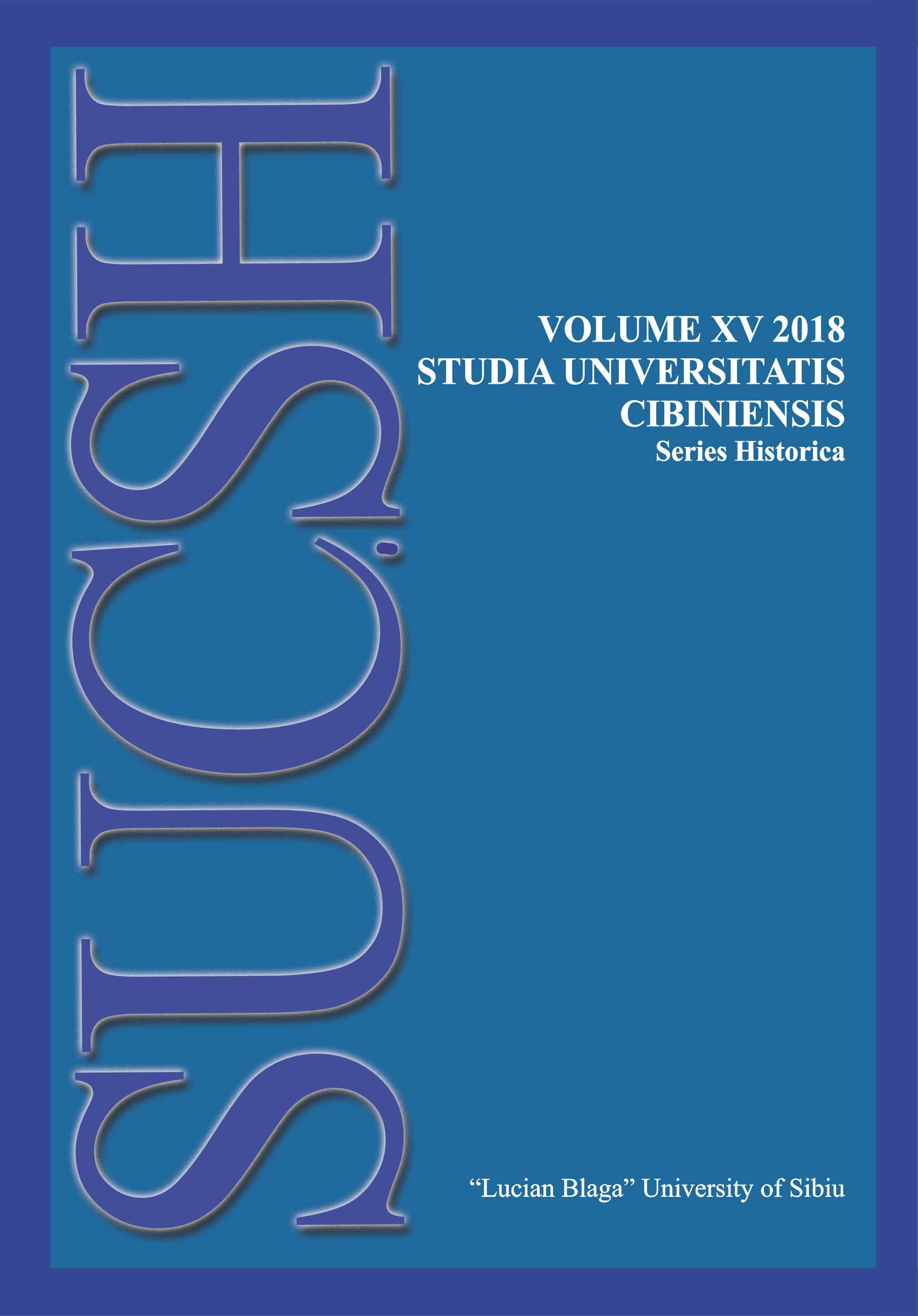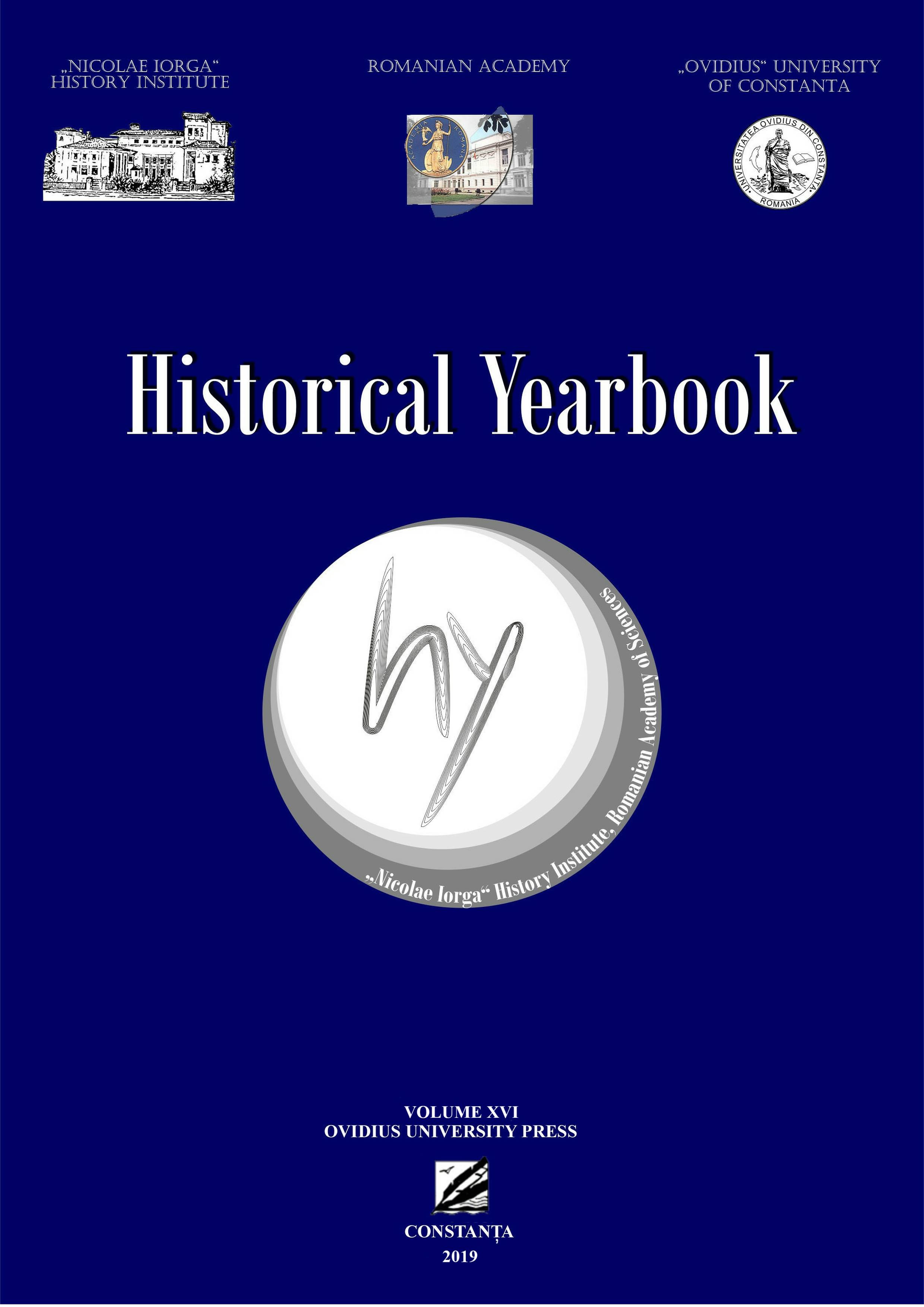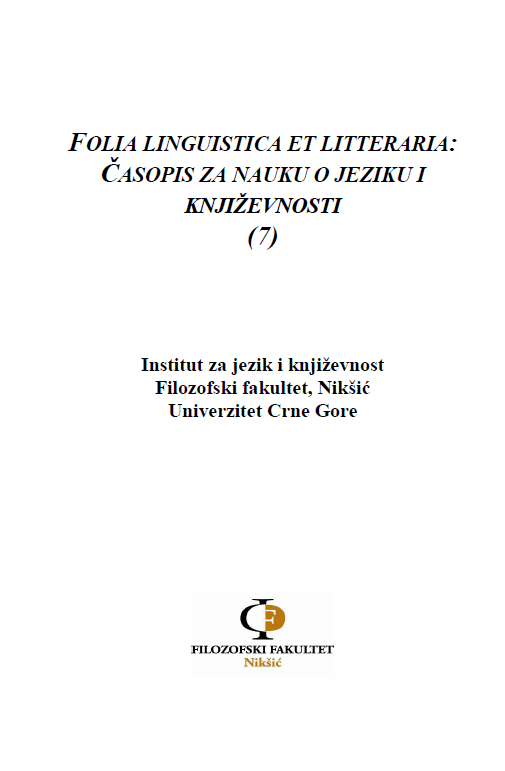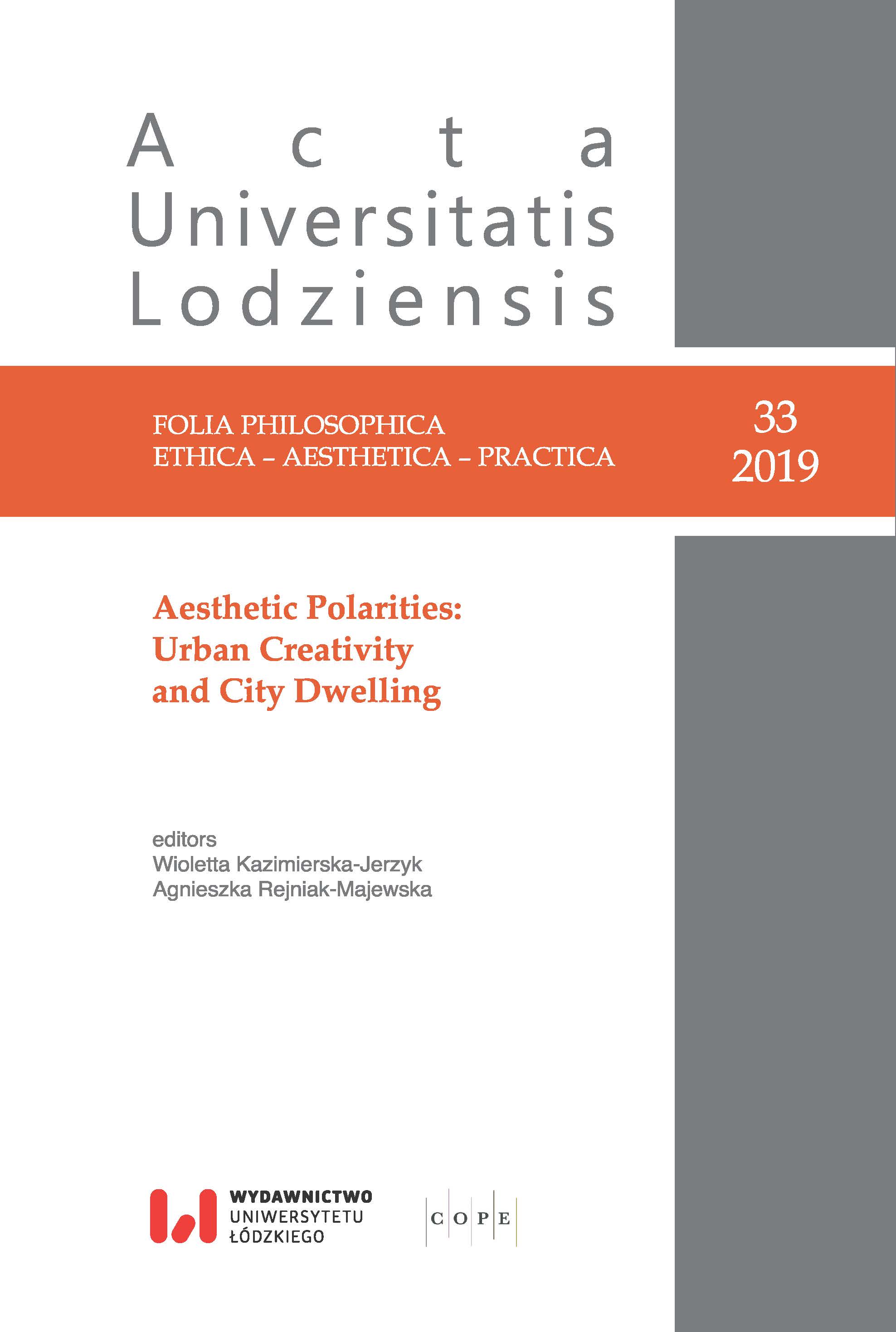Hurezi Monastery – As Part of the National and World
Heritage. Case Study: the Permanent Exhibition of the
Monastery, Illustrating the Present as a Link between the Past and the Future
Author(s): Florentina Udrea (Manea) / Language(s): English
/ Issue: XV/2018
Keywords: cultural heritage; cultural assets; religious museum collection; exhibition; cult objects;
Hurezi monastery (1690-1697), a stately and splendid building is anational architectural monument (VL-II-m-A-09894) which is a part of UNESCO’sWorld Heritage. The main building was founded by Prince Constantin Brâncoveanu,the largest compound of monastic architecture in Wallachia, and is home to one ofthe most important religious collections hosted by a known museum, showcasingvarious exhibits: icons, jewels, old books, goldsmithing pieces, embroideries, cultvessels, furniture, altars, iconostases, the holy doors etc. These heritage items arehosted by the Royal Mansion, which was a guest house, and now it’s a museum. Asfar as the art and culture of Wallachia is concerned, the 17th and the 18th centurieswitnessed a period of crystallization and flourishing of Romania’s first national style– the Brancovan style – named after Prince Constantin Brâncoveanu – a synthesisinspired by art symbols of the Byzantine tradition and echoes of late Renaissanceand Baroque. In 2014, the National Institute of Heritage, by means of the culturalproject “Museums and religious collections”. The Brancovan and Post-Brancovantreasury harbored by the Hurezi and Brâncoveni monasteries” is meant to restore anexhibition that showcases high-value heritage objects that are part of our nationalculture, dating back to the above-mentioned period, but also to refresh the memoriesof modern people about the exceptional cultural dimension that Wallachia knewduring Brâncoveanu’s reign; other purposes of this endeavor are (1) to draw theattention upon the poor preservation state of most of this part of our movableheritage, (2) the manner in which it is presented in collections and religiousmuseums and the need for restoration, (3) its inclusion in the National CulturalHeritage, according to Law 182/2000 (amended by Government Decision 886/2008),and its classification into “Fund” (national value) and “Treasury” (goods withspecial value for humanity) and other cult objects of very high value.
More...




![Humanity [On the Frankfurtian Theme ]](/api/image/getissuecoverimage?id=picture_2011_4215.jpg)
